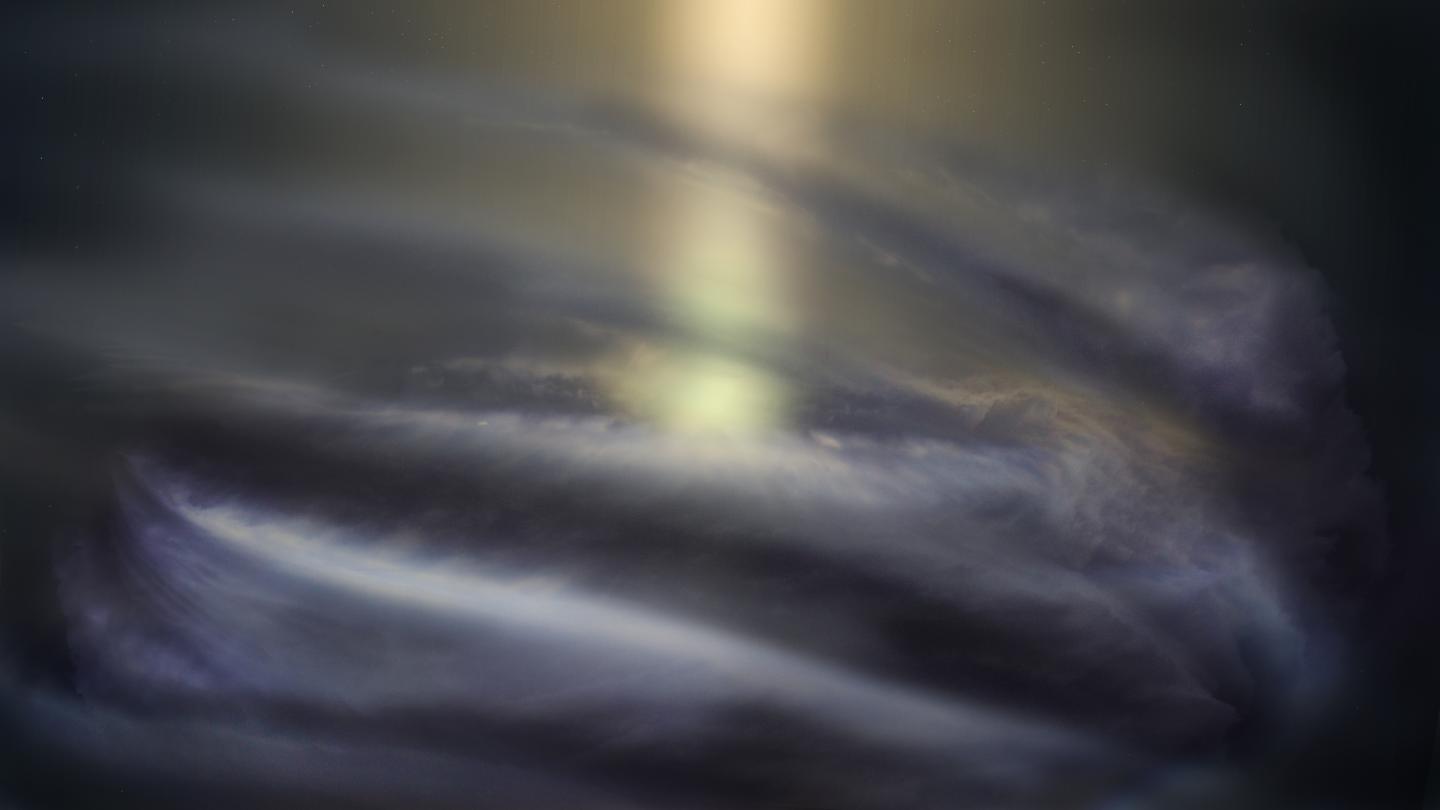Scientists conducted a study which aims to describe a mysterious cool gas halo which surrounds the supermassive black hole at the center of the Milky Way Galaxy – Sagittarius A*. The study could shed light on the activity of this black hole, as well as the purpose of this ring that surrounds it.
The vast majority of galaxies in the universe boast supermassive black holes, measuring up to billions of times the sun’s mass. Our galaxy, the Milky Way, is no exception; it boasts a supermassive black hole at its heart called Sagittarius A*, often shortened to Sgr A*. Supermassive black holes are known to influence the galaxies they center. As a result of their activity, they can shoot jets of matter close to the speed of light which travel across the entire galaxy and could influence their evolution.
Sgr A* is hefty, about 4 million times the mass of the sun, measuring 14.6 billion miles in diameter. This supermassive black hole sports a ring of gas and debris known as an accretion disk, which is exposed to so much friction that it can reach from 280 to 17.500 million degrees Fahrenheit, according to a new study published in the journal Nature. Previous research indicated that Sgr A* is also surrounded by a cooler gas, but scientists don’t know yet how much gas the cool gas halo contains.
“If we want to learn about what processes are important and not important for how a black hole gets fed, we need to know the environment around the black hole well,” study lead author Elena Murchikova, an astrophysicist at the Institute for Advanced Study in Princeton, New Jersey, told Space.com. “But the contribution of cool gas on a black hole has never been studied.”
Murchikova and her colleagues suggest with their study that the cold gas halo could have been detected for the first time. “This should help improve our understanding of how accretion onto black holes works,” she said.
To detect this, scientists used the Atacama Large Millimeter/submillimeter Array (ALMA) in Chile to watch the cool gas halo around the supermassive black hole at our galaxy’s center. They wanted to focus on wavelengths of light affected by hot ionized hydrogen gas, which makes its way to the visible specter from the center of our black hole to Earth.
They detected a cool disk halo around our Galaxy’s black hole that has a diameter of about 20,000 times the diameter of Sgr A*. The researchers plan to make more high-resolution images of the cool gas halo around our galaxy’s black hole, and learn how it interacts with hot gases which surround the black hole.
“We want to find out as much of what is going on around a black hole as possible,” Murchikova noted.





